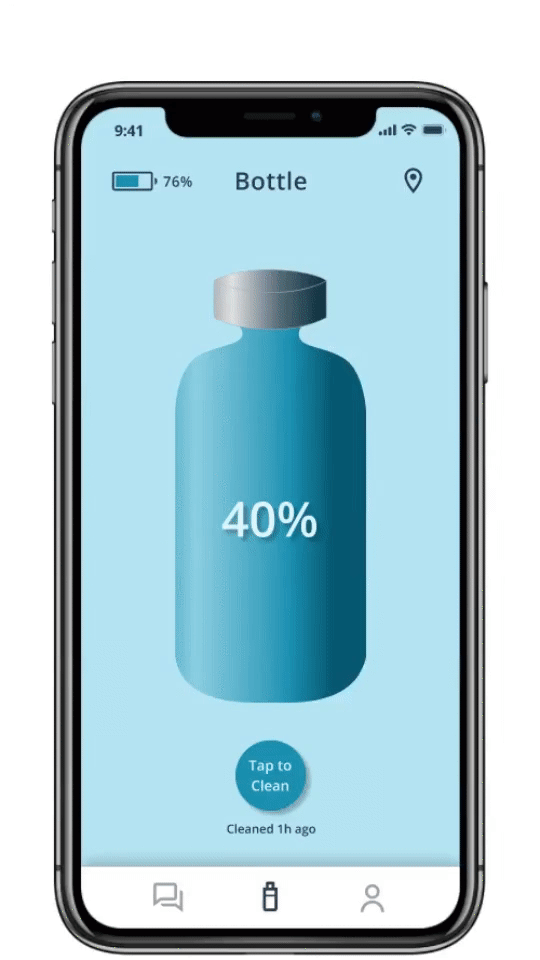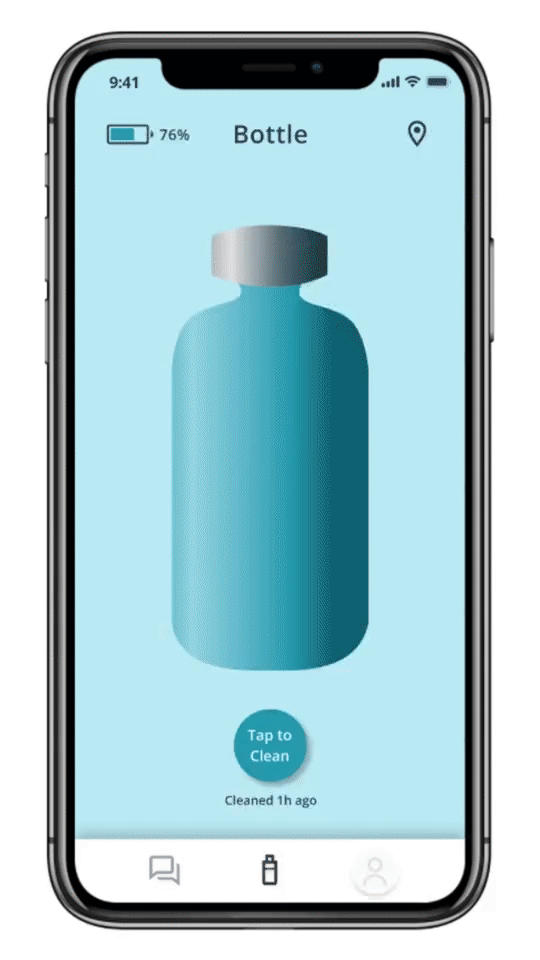Thirsty - The Smart Bottle
A set of product that encourages the use of reusable water bottles. It comes with an easy-to-carry and multi-functional bottle and an app that analyses data and bonds users together.
Role: UX/UI Designer / Product Designer
Duration: 3 months
Client: University Project


Challenge
What are we trying to solve?
How might we encourage people to choose tap water over bottled water?